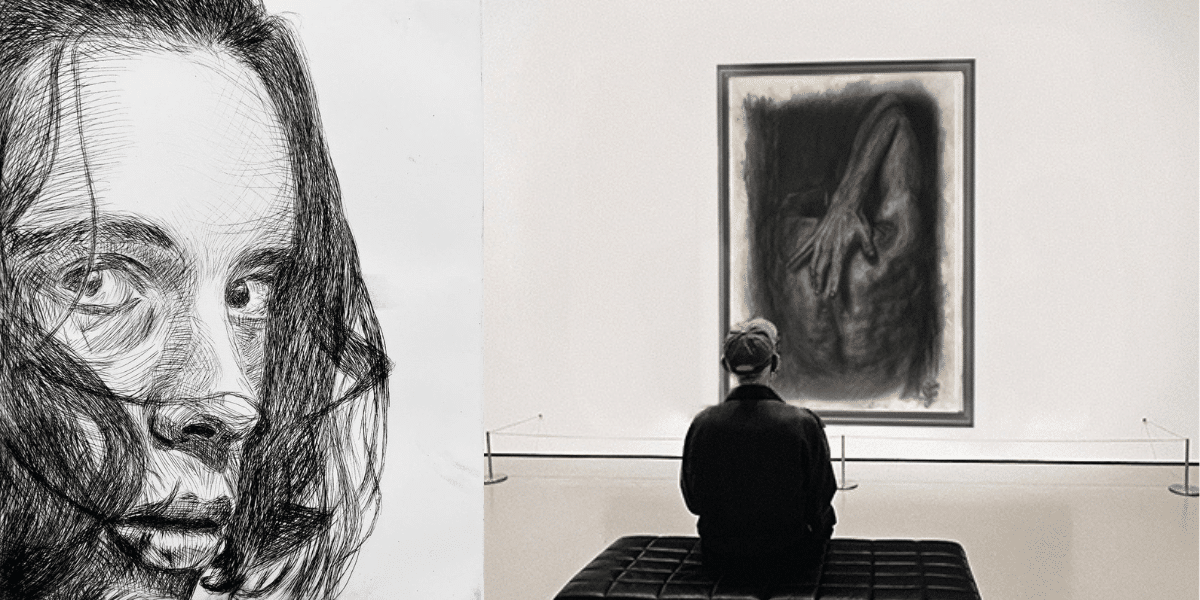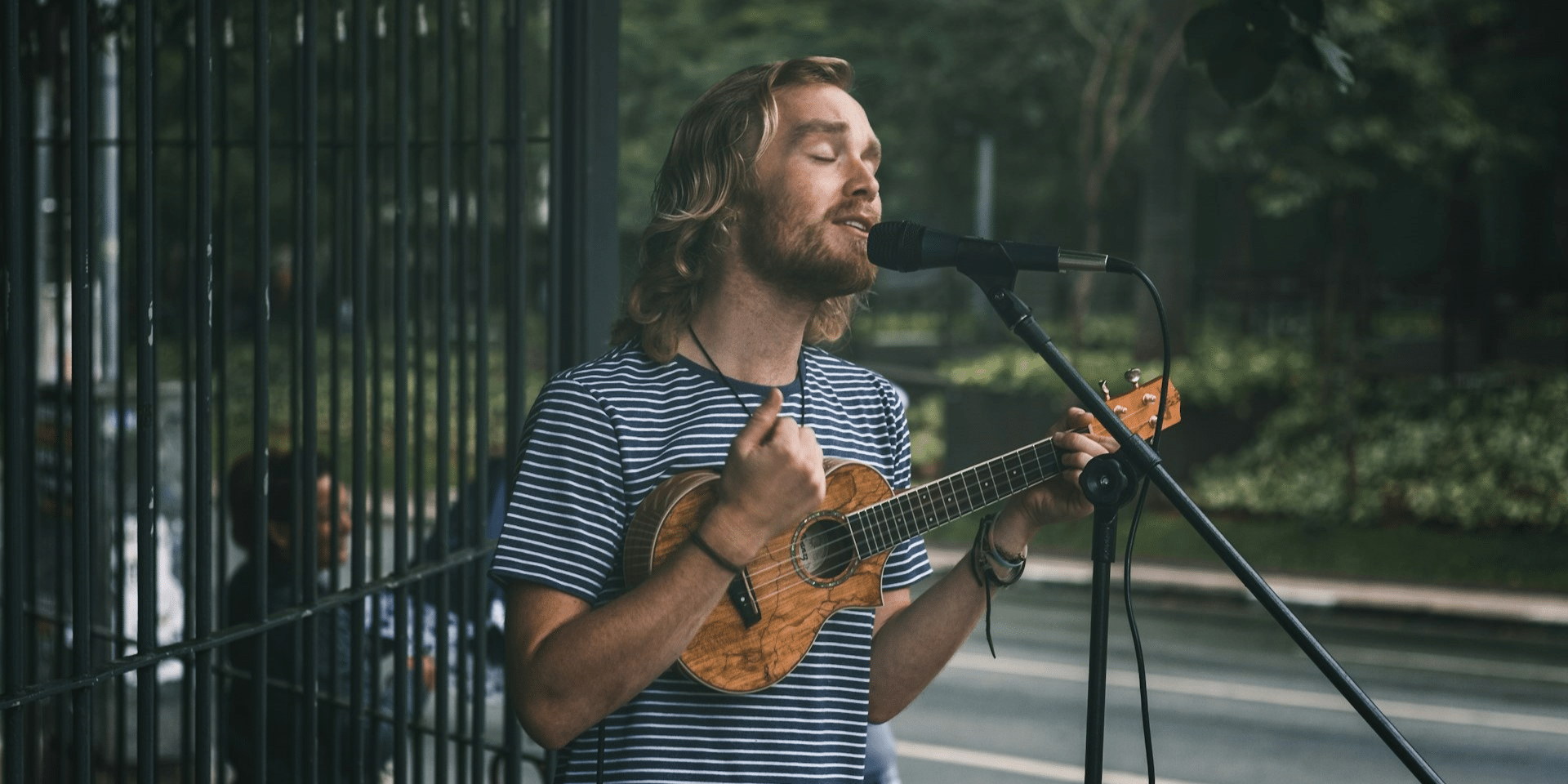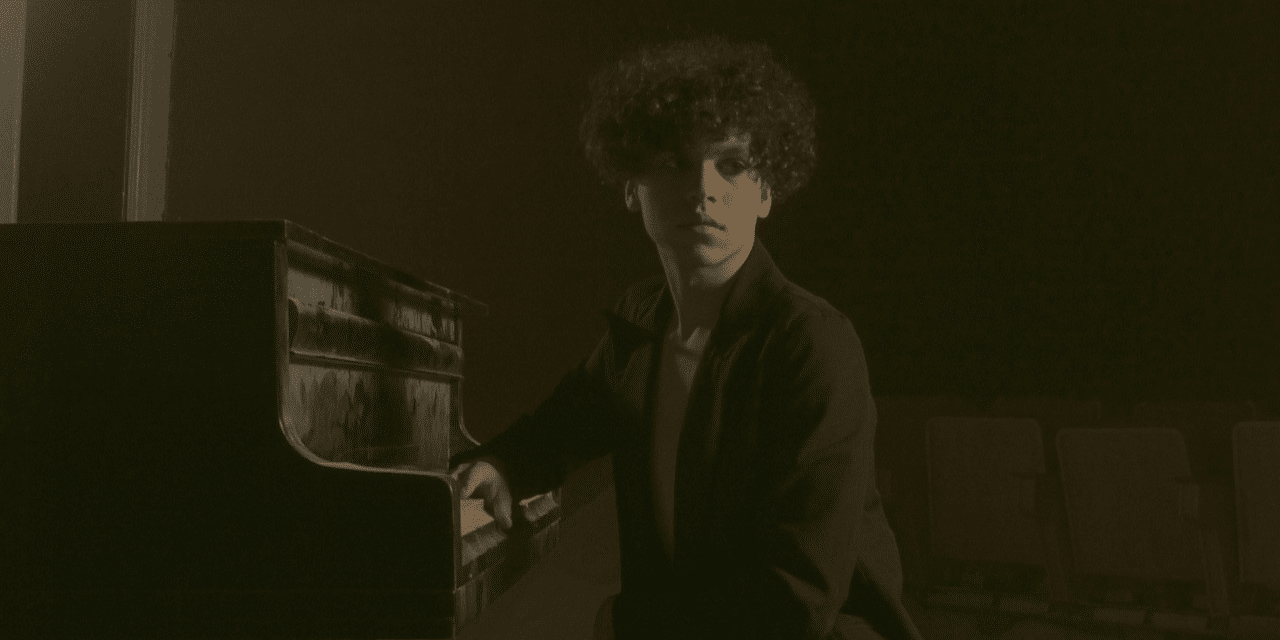In the shifting terrains of contemporary art, a unique dichotomy exists — one that uncovers the intricate layers of social isolation while paralleling it with the remnants of our consumption-driven society. Referencing Visual Artist and photographer Mengting Matilda Zhou’s urban landscape and street portraiture found in her work titled: “In The Room IV (2017)” while exploring the psychological distance and symbolism articulated in Zhou’s body of work titled: “The Compressed Trash City.” We will attempt to uncover how both bodies of work shed light on the invisible barriers that define our modern existence, using aesthetics that challenge conventional notions of observation and emotion.
Zhou’s artistry establishes its foundation in exploring the profound yet intangible barricades among individuals, particularly delineated by their social strata. The initial observation may reveal stillness, perhaps a mellow palette that does not scream, but instead, whispers. A deeper dive into Zhou’s works divulges an ocean of emotions, subtly narrating tales of solitude wrapped in a peculiarly comforting isolation. This seclusion, though stemming from societal disparities, forms a callous around oneself, safeguarding the inner vulnerabilities of the individuals documented.
Her street photographs serve as an exploration into the essence of human existence — the invisible walls we erect around ourselves based on social classifications. These are not just barriers of wealth or culture but deep-seated psychological partitions that determine how we perceive and are perceived by the world.

Mengting Zhou_In the Room IV 01_2017
Much akin to the observational depth and emotional connectivity found in Zhou’s portraits and urban landscapes, “The Compressed Trash City” also communicates a less audacious yet critically reflective commentary on emotional textures and societal structures. Her work beckons viewers to ponder on the understated emotions that are captured — the silent distances, the subdued expressions, and the somber cityscapes. There’s a profound melancholy, but with it comes an equally profound realization. This isolation, while often seen as a division, can also be a protective cocoon — a self-imposed safeguard against the judgments and expectations of the external world.

Mengting zhou _The Compressed City_01 2017
Ensuring each compressed crate is documented with meticulous detail, much akin to Bernd and Hilla Becher’s unwavering dedication to capturing every nuance of their industrial subjects. The compressed cardboard box structures are rendered with a scientific consistency: identical lighting, similar spatial arrangements, and a neutral background that mitigates distraction, propelling the viewer’s focus squarely onto the subject. In a parallel universe of aesthetics, where cardboard sculpture becomes the muse, we witness an implicit but poignant narrative emerging from their passive existence. Here, the cardboard boxes, once symbolic of consumeristic ventures, also echo the silent stories of the people and places they have traversed, almost resembling the societal structures, where the entities are continually molded by personal experience.
When transmuted into small or large architectural formations, their existence evolves from mundane utility vessels of consumerism into articulations of whimsical rebukes aimed at the heart of capitalist absurdities.

Mengting zhou _The Compressed City_026 2023
The cardboard boxes, once carriers of goods and symbols of consumerist desires, now find themselves in a liminal space — recycled and reimagined into intricate formations. These formations, so decisively architected, seemingly appear to be safe havens, preserving tales of their past life cycles while smirking at the consumptive proclivities of society. However, instead of the stark industrial landscapes captured by the Bechers, these compressed cardboard structures become emblematic of late-stage capitalism’s whimsy. There’s a satire here, nearly as deadpan as a Wes Anderson film. This satire is not just about consumption but also about the cyclical nature of existence. Just as Zhou’s subjects find solace in their intangible barriers, these boxes, too, find a second lease of life, albeit in a form that playfully mocks their original intent. “The Compressed Trash City ” might portray a paradox where forlornness becomes a shelter, a safeguard against external judgments and emotional expenditures. Simultaneously, the cardboard compositions silhouette a similarly paradoxical narrative, where discarded materials, emblematic of capitalist excess, become visual metaphors for wastefulness and environmental negligence, yet also transform into objects of beauty and subtle social critique.
Zhou’s work in “The Compressed Trash City(2017-2023)” & In The Room IV (2017)” although divergent in subjects and emotional tones, bridge a connection through their subtle unaltering of social narratives. Both articulate a nuanced dialogue about seclusion — one psychologically rooted amidst human connections, while the other physically manifested through post-consumer materials. Her work beckons viewers to ponder on the understated emotions that are captured — the silent distances, the subdued expressions, and the somber cityscapes. There’s a profound melancholy, but with it comes an equally profound realization.
Both works implore the viewer not just to see but to look beyond the tangible and engage with the stories, critiques, and paradoxes embedded within. They narrate tales of loneliness and survival, compelling the observer to ponder upon the psychological and physical landscapes that concurrently manifest security and critique within their silent boundaries, they speak to our inherent need for definition — whether it’s defining our societal roles or the lifecycle of the objects we consume. Yet, in these definitions lie contradictions. Zhou’s subjects find security in their solitariness, and the boxes find purpose in their reincarnations. Be it through exploring emotional barricades amidst communal stratification or through scrutinizing the lifecycle of a material symbolic of consumption and discard, Zhou finds a way to subtly sew in layers of contemplation, critique, and unexpected beauty, unfolding a realm where observers are invited to lose and then rediscover themselves in the silent tales whispered by static images.

Photo Credit: Giovanni Urgelles
– About writer Giovanni Urgelles: Art educator at Success Academy Charter Schools, visual artist, based in New York City. Originating from Sleepy Hollow, Mr. Urgelles developed a profound affinity for photography and collage during his formative years. He pursued his academic studies at the School of Visual Arts and subsequently earned his Bachelor of Fine Arts from SUNY Purchase College.
Throughout his illustrious career, Mr. Urgelles has garnered commendations for his exemplary contributions to the field. Notably, his photobook “Ossining” has been acquired by esteemed institutions such as the Metropolitan Museum of Art, The Getty Institute, Whitney Museum, Guggenheim Museum, Amon Carter Museum of American Art, Syracuse University, ArtCenter College of Art and Design, School of the Art Institute of Chicago, Arcadia University, Texas State University, University of Iowa, Ryerson University, and George Washington University.
His artistry has graced exhibitions in locales including Manhattan, North Carolina, and Pingyao, China. Influenced by luminaries such as Adrian Tomine, Edward Hopper, and William Eggleston, Mr. Urgelles endeavors to capture images that evoke tranquility and highlight the beauty inherent in life’s ordinary moments.
Mr. Urgelles is passionately dedicated to imparting his expertise in art and photography to underserved students of color. His mission is not only to educate but to ignite in them a fervor for using art as a medium of social consciousness, hoping to usher in a new cohort of artists intent on affecting societal transformation.
















